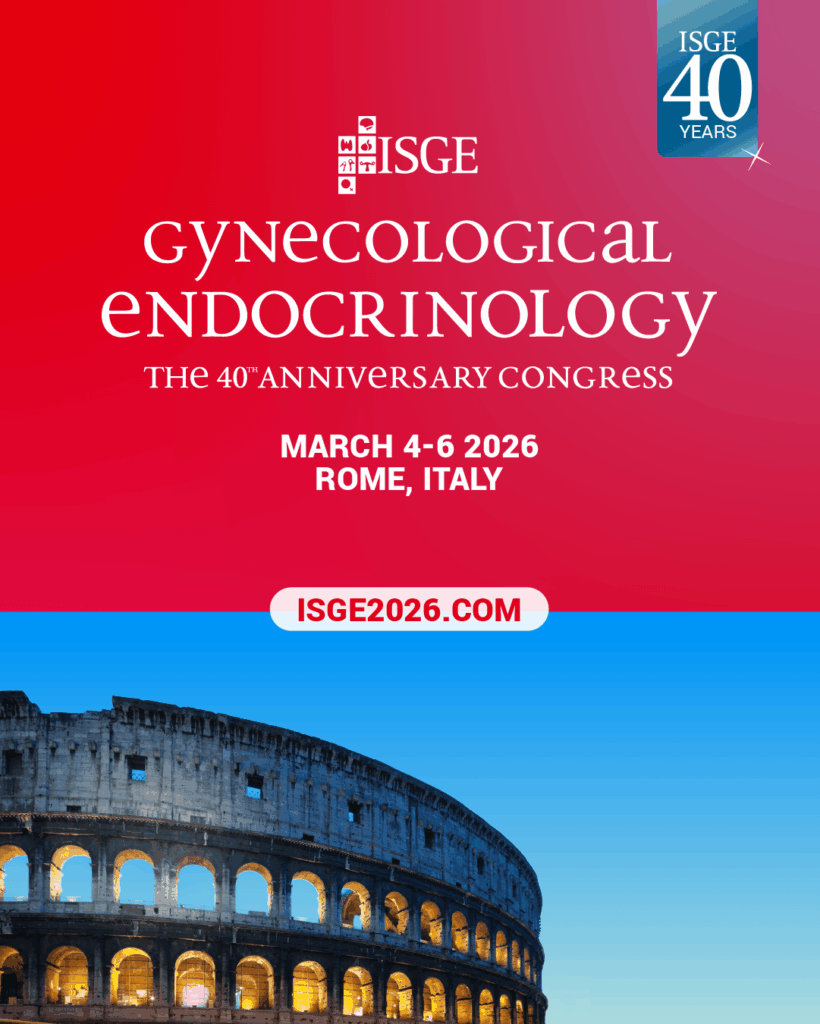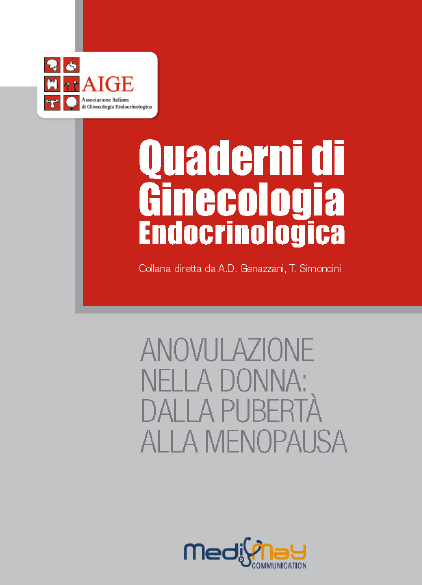-
Hostalek U, Gwilt M, Campbell I
Optimising the Use of Metformin for Diabetes Prevention
Int J Diabetes Complications.
Download
Abstract
Lifestyle interventions will remain central to the management and prevention of non-communicable diseases, including type 2 diabetes. Successful deployment of lifestyle interventions requires considerable support, as most patients at risk of diabetes due to the prediabetic states of impaired glucose tolerance, impaired fasting glucose or gestational diabetes find it difficult to adhere to them sufficiently. Pharmacologic options will therefore be appropriate for many patients, alongside efforts to improve their lifestyles. Metformin remains the principal option for pharmacologic diabetes prevention, due to its proven efficacy in randomised diabetes prevention trials, its well understood tolerability and safety profiles, potential for cardiovascular protection for those who do go on to develop type 2 diabetes, and its low cost. Other treatments that have been shown to provide clinically significant protection from diabetes, such as thiazolidinediones, acarbose and basal insulin, have tolerability profiles that are challenging for populations with early dysglycemia. Management guidelines for diabetes prevention have acknowledged a role for metformin, particularly for heavier, younger subjects for whom lifestyle intervention has been insufficiently successful, but metformin has not yet been indicated for this purpose in most countries. This is changing now, as indicated for example by a new indication for metformin for diabetes prevention in the UK, for the convenient, once-daily, better tolerated extended release version. Metformin has been under use for diabetes prevention, and the availability of indications for diabetes prevention in more countries will facilitate its use in pragmatic regimes to protect people from type 2 diabetes.
-
Afsane Bahrami, Amir Avan, Hamid Reza Sadeghnia, Habibollah Esmaeili, Maryam Tayefi, Faezeh Ghasemi, Fatemeh Nejati Salehkhani, Mahla Arabpour-Dahoue, Azam Rastgar-Moghadam, Gordon A. Ferns, Hamidreza Bahrami-Taghanaki & Majid Ghayour-Mobarhan
High dose vitamin D supplementation can improve menstrual problems, dysmenorrhea, and premenstrual syndrome in adolescents
Gynecol Endocrinol 2018, 34: 659-663
Abstract
Vitamin D has a crucial role in female reproduction, possibly through its effects on calcium homeostasis, cyclic sex steroid hormone fluctuations, or neurotransmitter function. We have assessed the effects of vitamin D supplementation on dysmenorrhea and premenstrual syndrome (PMS) in adolescents. In this study, 897 adolescent girls living in Mashhad and Sabzevar, Iran, received nine high-dose vitamin D supplements (as 50,000 IU/week of cholecalciferol) and were followed up over 9 weeks. We evaluated the effect of vitamin D supplementation on individuals in four categories: those with only PMS; individuals with only dysmenorrhea; subjects with both PMS and dysmenorrhea and normal subjects. The prevalence of PMS after the intervention fell from 14.9% to 4.8% (p < .001). Similar results were also found for the prevalence of subjects with dysmenorrhea (35.9% reduced to 32.4%), and in subjects with both PMS and dysmenorrhea (32.7% reduced 25.7%). Vitamin D supplementation was associated with a reduction in the incidence of several symptoms of PMS such as backache and tendency to cry easily as well as decrement in pain severity of dysmenorrhea (p < .05). High dose vitamin D supplementation can reduce the prevalence of PMS and dysmenorrhea as well as has positive effects on the physical and psychological symptoms of PMS.
-
Jessika Moreau, Nicolas Gatimel, Clémentine Cohade, Jean Parinaud & Roger Léandri
Mother’s age at menopause but not own age at menarche has an impact on ovarian reserve
Gynecol Endocrinol 2018, 34: 664-665
Download
Abstract
To detect clinical parameters impacting ovarian reserve, data were analyzed from 573 patients who had an anti-Müllerian hormone (AMH) measurement for infertility treatment. No impact was found on the age at menarche but a significant diminished ovarian reserve was observed when a patient’s mother was menopausal before age 50. These data suggest that ovarian reserve must be monitored in such patients to offer them fertility preservation when at risk of premature ovarian insufficiency (POI).
-
Yuko Kitano, Shu Hashimoto, Hiroshi Matsumoto, Takayuki Yamochi, Masaya Yamanaka, Yoshiharu Nakaoka, Aisaku Fukuda, Masayasu Inoue, Tomoaki Ikeda & Yoshiharu Morimoto
Oral administration of l-carnitine improves the clinical outcome of fertility in patients with IVF treatment
J Clin Endocrinol Metab (2017) 102 (7): 2281-2290. Download
Abstract
Age-dependent decline of mitochondrial function has been proposed to be a main cause of decline of embryo quality. Then, l-carnitine plays important roles in reducing the membranous toxicity of free-fatty acids by forming acyl-carnitine and promoting β-oxidation, preventing cell damage. Recent research revealed that l-carnitine played important roles in vitro in oocyte growth, oocyte maturation and embryo development. However, such beneficial effects of l-carnitine in vivo have yet to be verified. The effect of oral l-carnitine supplementation on embryo quality and implantation potential was examined. A total of 214 patients were included in this study. They all previously received in vitro fertilization-embryo transfer (IVF-ET) and failed to conceive. Then they were administered l-carnitine for 82 days on average and underwent IVF-ET again. There were no significant differences in the total number of retrieved oocytes, and their maturation and fertilization rates between before and after l-carnitine administration. The quality of embryos on Days 3 and 5 after insemination was improved following l-carnitine administration (p < .05) in cycles after l-carnitine administration compared with previous cycles. Healthy neonates were born after IVF-ET following l-carnitine administration. Our data suggested that oral administration of l-carnitine to fertility patients improved the developmental competence of their oocytes after insemination.
-
Samuel J. Kroon, Jacques Ravel, Wilhelmina M. Huston
Cervicovaginal microbiota, women’s health, and reproductive outcomes
Fertil Steril 2018, 110: 327-336
The human microbiome project has shown a remarkable diversity of microbial ecology within the human body. The vaginal microbiota is unique in that in many women it is most often dominated by Lactobacillus species. However, in some women it lacks Lactobacillus spp. and is comprised of a wide array of strict and facultative anaerobes, a state that broadly correlates with increased risk for infection, disease, and poor reproductive and obstetric outcomes. Interestingly, the level of protection against infection can also vary by species and strains of Lactobacillus, and some species although dominant are not always optimal. This factors into the risk of contracting sexually transmitted infections and possibly influences the occurrence of resultant adverse reproductive outcomes such as tubal factor infertility. The composition and function of the vaginal microbiota appear to play an important role in pregnancy and fertility treatment outcomes and future research in this field will shed further translational mechanistic understanding onto the interplay of the vaginal microbiota with women’s health and reproduction.
-
Helena J. Teede, Marie L. Misso, Michael F. Costello, Anuja Dokras, Joop Laven, Lisa Moran, Terhi Piltonen, Robert.J. Norman on behalf of the International PCOS Network
Recommendations from the international evidence-based guideline for the assessment and management of polycystic ovary syndromeFertil Steril 2018, 110: 364-379
Download
Abstract
Study Question: What is the recommended assessment and management of women with polycystic ovary syndrome (PCOS), based on the best available evidence, clinical expertise, and consumer preference?
Summary Answer: International evidence-based guidelines including 166 recommendations and practice points, addressed prioritized questions to promote consistent, evidence-based care and improve the experience and health outcomes of women with PCOS.
What Is Known Already: Previous guidelines either lacked rigorous evidence-based processes, did not engage consumer and international multidisciplinary perspectives, or were outdated. Diagnosis of PCOS remains controversial and assessment and management are inconsistent. The needs of women with PCOS are not being adequately met and evidence practice gaps persist.
Study Design, Size, Duration: International evidence-based guideline development engaged professional societies and consumer organizations with multidisciplinary experts and women with PCOS directly involved at all stages. Appraisal of Guidelines for Research and Evaluation (AGREE) II-compliant processes were followed, with extensive evidence synthesis. The Grading of Recommendations, Assessment, Development, and Evaluation (GRADE) framework was applied across evidence quality, feasibility, acceptability, cost, implementation and ultimately recommendation strength.
Participants/Materials, Setting, Methods: Governance included a six continent international advisory and a project board, five guideline development groups, and consumer and translation committees. Extensive health professional and consumer engagement informed guideline scope and priorities. Engaged international society-nominated panels included pediatrics, endocrinology, gynecology, primary care, reproductive endocrinology, obstetrics, psychiatry, psychology, dietetics, exercise physiology, public health and other experts, alongside consumers, project management, evidence synthesis, and translation experts. Thirty-seven societies and organizations covering 71 countries engaged in the process. Twenty face-to-face meetings over 15 months addressed 60 prioritized clinical questions involving 40 systematic and 20 narrative reviews. Evidence-based recommendations were developed and approved via consensus voting within the five guideline panels, modified based on international feedback and peer review, with final recommendations approved across all panels.
-
Philippe R. Koninckx, Errico Zupi, Dan C. Martin
Endometriosis and pregnancy outcome
Fertil Steril 2018, 110: 406-407Download
Abstract
In this issue, Nirgianakis et al. (1) present a retrospective analysis of the complications of pregnancy after laparoscopic excision of deep infiltrating endometriosis (DIE). Most important is that excision of DIE does not affect the increased risk of placenta previa, gestational hypertension, and intrauterine growth retardation (IUGR) associated with endometriosis. In addition, the risk of a vaginal delivery was not increased in the entire group or in the 26 women with a vaginal excision of endometriosis.
-
Bulent Yilmaz, Priyathama Vellanki, Baris Ata, Bulent Okan Yildiz
Diabetes mellitus and insulin resistance in mothers, fathers, sisters, and brothers of women with polycystic ovary syndrome: a systematic review and meta-analysis
Fertil Steril 2018, 110: 523-533Download
Abstract
Objective(s): To analyze whether first-degree relatives (FDR) of patients with polysystic ovary syndrome (PCOS) have an increased risk of insulin resistance and glucose intolerance.
Design: Systematic review and meta-analysis.
Setting: None.
Patient(s): Parents and siblings of women with and without PCOS.
Intervention(s): Search of PubMed database from 1960 to September 2017 with cross-checking of references of relevant articles in English.
Main Outcome Measure(s): Prevalence of type 2 diabetes mellitus (T2DM) and impaired glucose tolerance, and levels of fasting insulin, 2-hour insulin levels, and homeostatic model assessment insulin resistance (HOMA IR).
Result(s): Our search retrieved 4,796 articles of which 19 were included. The prevalence of T2DM was significantly increased in mothers and fathers of PCOS probands (rate ratio [RR] 2.43; 95% confidence interval [CI], 1.58–3.75, and RR 2.27; 95% CI, 1.25–4.12). Moreover, the fasting insulin (in mothers, fathers, and sisters) and HOMA IR (in mothers, fathers, and sisters) levels were statistically significantly higher in parents and siblings of PCOS patients. The sisters (RR 1.34; 95% CI, 0.59–3.03) and brothers (RR 1.51; 95% CI, 0.63–3.62) had a higher prevalence of T2DM than the control subjects, but the difference was not statistically significant.
Conclusion(s): Our meta-analysis provides quantitative evidence demonstrating clustering of T2DM and insulin resistance in the parents and siblings of PCOS probands.
-
S. C. Bilha, D. Branisteanu, C. Buzduga, D. Constantinescu, P. Cianga, E. Anisie, A. Covic, M. C. Ungureanu
Body composition and circulating estradiol are the main bone density predictors in healthy young and middle-aged men
Journal of Endocrinological Investigation 2018, 41: 895-1003Download
Abstract
Purpose: Current fracture risk assessment options in men call for improved evaluation strategies. Recent research directed towards non-classic bone mass determinants have often yielded scarce and conflicting results. We aimed at investigating the impact of novel potential bone mass regulators together with classic determinants of bone status in healthy young and middle-aged men.
Methods: Anthropometric measurements, all-site bone mineral density (BMD) and body composition parameters assessed by dual-energy X-ray absorptiometry and also serum concentrations of (1) the adipokines leptin and resistin, (2) vitamin D and parathormone (PTH), (3) sex hormone binding globulin (SHBG), total testosterone and estradiol (free testosterone was also calculated) and (4) C-terminal telopeptide of type I collagen (CTx) were obtained from 30 apparently healthy male volunteers aged 20–65 years enrolled in this cross-sectional study.
Results: Only lean mass (LM) and total estradiol independently predicted BMD in men in multiple regression analysis, together explaining 49% (p ≤ 0.001) of whole-body BMD variance. Hierarchical regression analysis with whole-body BMD as outcome variable demonstrated that the body mass index (BMI) beta coefficient became nonsignificant when LM was added to the model. Adipokines, fat parameters, testosterone (total and free), SHBG, PTH and vitamin D were not independently associated with BMD or CTx.
Conclusions: The present study shows that LM and sex hormones—namely estradiol—are the main determinants of bone mass in young and middle-aged men. The effects of BMI upon BMD seem to be largely mediated by LM. Lifestyle interventions should focus on preserving LM in men for improved bone outcomes.
-
Hoi Lun Cheng, Amanda Sainsbury, Frances Garden, Myuran Sritharan, Karen Paxton, Georgina Luscombe, Catherine Hawke, Katharine Steinbeck
Ghrelin and Peptide YY Change During Puberty: Relationships With Adolescent Growth, Development, and Obesity
J Clin Endocrinol Metab 2018, 103: 2851–2860
Abstract
Context: Pubertal adolescents show strong appetites. How this is mediated is unclear, but ghrelin and peptide YY (PYY) play potentially important roles.
Objective: To measure ghrelin and PYY change in relation to pubertal growth.
Design: Three-year prospective cohort study.
Setting: Australian regional community.
Participants: Eighty healthy adolescents (26 girls; 54 boys) recruited at 10 to 13 years.
Main Outcome Measures: Fasting circulating total ghrelin, total PYY, IGF-1, insulin, leptin (via radioimmunoassay), estradiol and testosterone (via mass spectrometry), anthropometry, and body composition (via bioelectrical impedance).
Results: Adolescents exhibited normal developmental change. Mixed models revealed positive associations for ghrelin to age2 (both sexes: P < 0.05), indicating a U-shaped trend over time. Ghrelin was also inversely associated with IGF-1 (both sexes: P < 0.05), leptin in girls (P < 0.01), and insulin in boys (P < 0.05) and negatively correlated with annual height and weight velocity (both sexes: P ≤ 0.01). PYY showed no age-related change in either sex. Neither ghrelin nor PYY were associated with Tanner stage. Weight subgroup analyses showed significant ghrelin associations with age2 in healthy-weight but not overweight and obese adolescents (7 girls; 18 boys).
Conclusions: Adolescents showed a U-shaped change in ghrelin corresponding to physical and biochemical markers of growth, and no change in PYY. The overweight and obesity subgroup exhibited an apparent loss of the U-shaped ghrelin trend, but this finding may be attributed to greater maturity and its clinical significance is unclear. Further research on weight-related ghrelin and PYY trends at puberty is needed to understand how these peptides influence growth and long-term metabolic risk.






